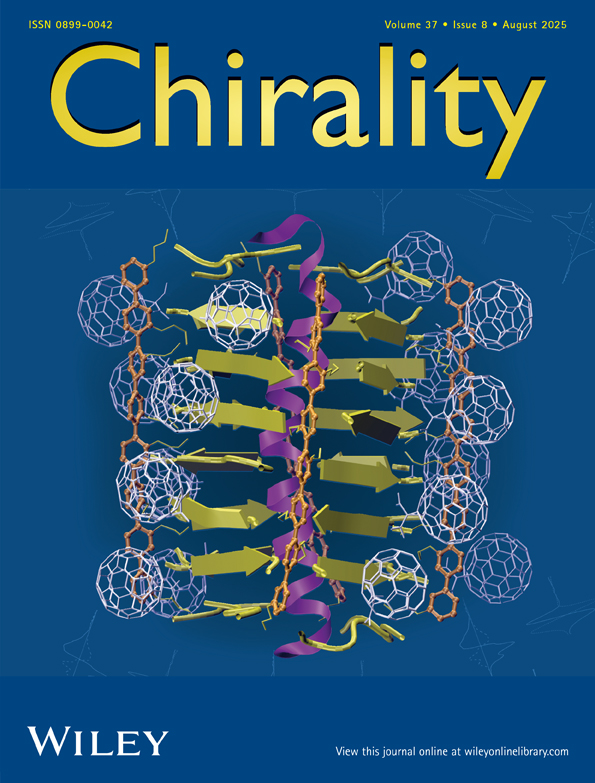Optically active titanium complexes containing a tridentate linked amido-cyclopentadienyl ligand
Abstract
Optically active titanium complexes Ti{η5:η1-C5R4SiMe2NC6H10 (OCH2Ph)-2}Cl2 (R = H, Me), containing a cyclopentadienyl ligand linked to the chiral trans-2-benzyloxycyclohexylamido group, were synthesized and characterized in both enantiomerically pure forms. A single crystal X-ray structure analysis of (−)-(R,R)-Ti{η5:η1-C5H4SiMe2NC6H10(OCH2Ph)-2}Cl2 shows a structure in which the benzyloxy group in the amido sidechain is not interacting with the titanium center. Upon activation with n-butyllithium, these complexes hydrogenate acetophenone N-benzylimine with low enantioselectivity. Chirality 12:472–475, 2000. © 2000 Wiley-Liss, Inc.




